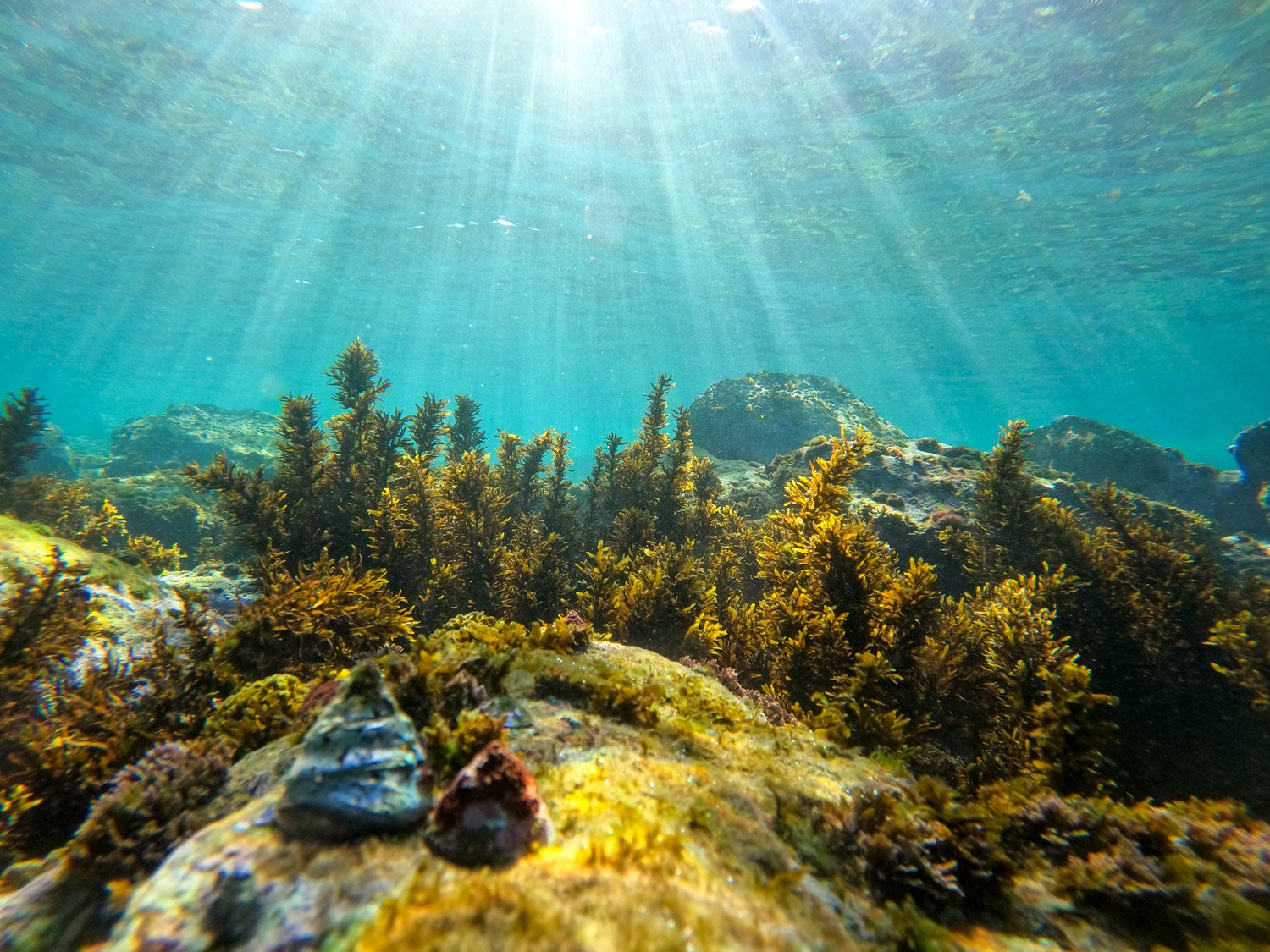Australia is home to a vibrant array of wrasses, a diverse family of fish that inhabit our coastal waters. The Great Barrier Reef, known for its rich marine biodiversity, serves as an important habitat for many species of wrasses. These colorful fish also add a mesmerizing touch to the coral reefs with their distinctive body shapes and vibrant patterns.
The wrasses in Australia exhibit a fascinating array of behaviors and ecological roles. Some species for example, like the cleaner wrasse, engage in symbiotic relationships by cleaning parasites of larger reef fish. Others, such as the humphead wrasse, are known for their impressive size and striking appearance. These traits make them popular attractions for divers and snorkelers exploring Australia’s coastal treasures.
The blue groper, is one of the most iconic and well known wrasses found in Australia. This magnificent fish, with its stunning electric blue colour and robust size, holds a special place in the hearts of locals and divers alike.
Australia’s diverse coastal ecosystems provide an ideal environment for wrasses to thrive. From the tropical waters of the northern regions to the temperate zones of the southern coast, various species of wrasses can be found throughout the country. Their adaptive nature also allows them to inhabit a range of habitats. Some include coral reefs, rocky shores, seagrass beds, and kelp forests. Furthermore, wrasses contribute to the ecological balance of these ecosystems. They play a crucial role in controlling populations of smaller invertebrates. They feed on crabs and sea urchins, helping to maintain the health and diversity of the coastal marine environment in Australia.

